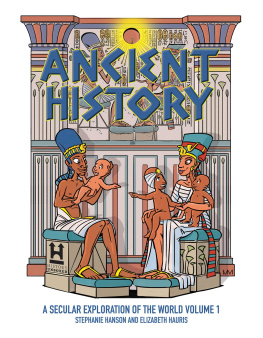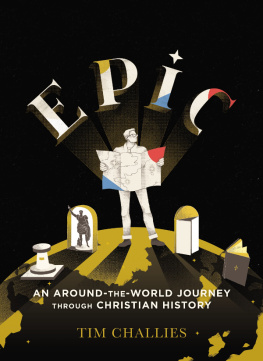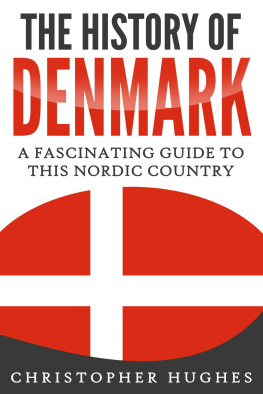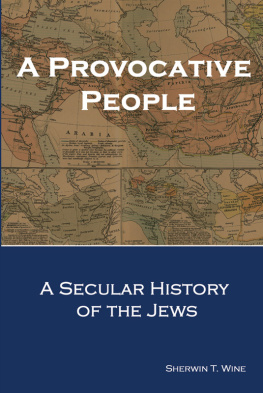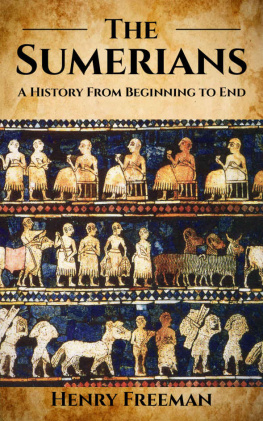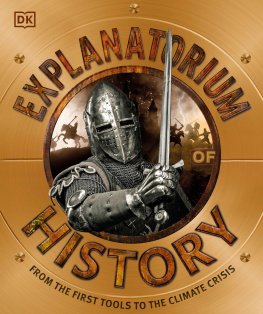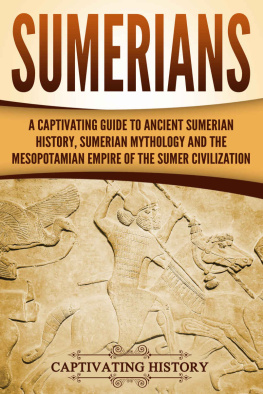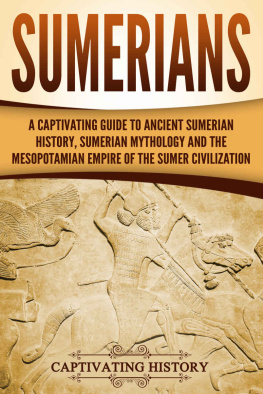How Humans Spread Across the Earth

Photo by Phumzile Phala |
Imagine yourself standing on the east coast of Africa, looking out at the sea. The waves crash against the shore, and you cant take your eyes off of the horizon. You wonder if there is anything else out there. Turning away from the ocean, you look at the land stretching away from you in all directions. How far does it go? Are there other people you havent met? When our species, Homo sapiens sapiens , evolved around 150,000 years ago, they all lived in East Africa. Other species like the Neanderthals had already spread out to Europe, and eventually, we started traveling the world too. We dont know the exact routes, but historians have a general idea.
The journey took thousands of years and many generations as modern humans meandered across the surface of the earth. As much as 85,000 years ago, people began to leave Africa. Some walked into Asia, while others sailed across the Red Sea. For the most part, they stuck to the coast with its abundant supply of food. The first travelers to leave Africa were the ancestors of everyone in the Middle East, everyone in Europe, everyone in Asia, and everyone in the Americas (DNA evidence is inconclusive about Australian Aboriginal ancestry). Millenia passed and the people continued to wander on foot and by sea. We dont know exactly when they reached Australia. It could have been a hundred thousand years ago or only forty thousand years ago. As they crossed Europe, they encountered Neanderthals. Did they compete for resources? Did they fight or have children together? All we know is that after about 15,000 years of contact, the Neanderthal had gone and Homo sapiens remained. By 45,000 years ago, they had settled across Europe. The journey wasnt over yet. Other groups continued up the east coast of Asia and took advantage of the Ice Age climate. The lower sea level meant that a land bridge called Beringia connected Asia and North America. All those nomadic groups had to do in order to cross the Pacific Ocean was walk. The ancestors of Indigenous Americans slowly traveled across North America between thirty and thirteen thousand years ago, making their way down the continent and into South America by about fourteen thousand years ago.
What were our ancestors like? They had fire. They had language by about 50,000 years ago. They lived in small hunter-gatherer groups and observed rituals for significant events such as the death of a loved one. They discovered agriculture about 10,000 years ago and then things really began to change.
A Note From Our Historian

Mummy in the British Museum. Photo by Klafubra. |
Growing up, I would not have said that history was my favorite subject. Yet, many of my favorite school memories revolve around history. In fourth grade, I asked my teacher for permission to put on a play about the American Revolution, and she said yes. In sixth grade, we put on a Greek festival for the school and I played the Oracle at Delphi. In middle school, my teacher regaled us with gory tales from Upton Sinclairs The Jungle . My freshman history teacher introduced me to world religions. I opted for independent study for history my senior year, and learned that I loved researching history. But when I got to college, I did not even consider history as a major. I thought it had to be all about dates and battles and names. Then, in a required American history course, my professor had us read Devil in the White City by Erik Larsen, and I learned that history had narratives beyond dry facts. I couldnt stop reading about the manhunt for a truly terrible serial killer amidst the magic of a Worlds Fair. I switched my major to history and sat enthralled while my Caribbean history professor told us stories, such as one about Anne Bonney, a terrifying female pirate. The good professors all told stories. The dry ones showed slides with names and dates. Invariably, my grades reflected the teaching style of the professor.
I eventually became an elementary school teacher. I asked my students to write down their favorite memories during the year and put them in a jar. One of their favorite projects was when teams of students created civilizations, simulated archaeological digs, and put on a museum of their discoveries. It set the field for an interest in history in a way that an objective written on the board could never inspire.
History Unboxed is all about inspiring a lifelong love of history and teaching children that history is, first and foremost, about people. Sometimes they shock us, sometimes we see ourselves in the people who lived so long ago. Everyone has gaps in their historical knowledge. Its impossible to learn about every civilization and every important person in tens of thousands of years in human history. Instead, we hope that our young historians will develop curiosity about the past. Some historical events continue to have an impact on our world today. Others are simply fascinating in their own right. We want to whet your appetite so that you and your learners will continue to seek out stories of long ago.
On Ancient History

The Parthenon, a temple dedicated to Athena, located on the Acropolis in Athens |
Generally, prehistory is defined as all of history before the invention of writing. Thats a bit complicated as writing developed at different times in different areas. But the general definition of the ancient history time period begins with the invention of writing in Sumeria and Egypt, around 3200 BC/BCE. But how do we define the end of the ancient period? Typically, western scholars use the fall of Rome in 476 AD/CE as an arbitrary end point. While that is a very Eurocentric date, we have chosen to use it as a general guideline. However, you will see that certain civilizations bridge multiple eras and do not fit neatly into categories. We have attempted to give a broad overview of ancient history worldwide. There are so many cultures we would have loved to include, like the Celts or Polynesians. We have settled for choosing a few from a traditional history course of study and a few that are rarely, if ever, covered in ancient history classes. Your journey begins with a Stone Age culture and takes you through the ancient history period to a civilization straddling the transition between the Ancient period and the Middle Ages. We have taken a secular approach that acknowledges the role of religion in history without favoring any single religion as the truth.
Educators Note:
This book takes a secular approach to the discussion of one religion, meaning that no religion is presented as truth. Some religions described in this book are still practiced today. If you are a religious family, we recommend pre-reading any chapters that discuss your faith tradition.
The Creation Story

Once upon a time, nothing lived upon the surface of the earth. Underneath, however, a Rainbow Serpent, the Great Mother Snake, slept deeply for many years. When she finally awoke and slithered out into the open, all that she saw was flat, empty, and dry. This wont do, she said to herself, and used her magic to make rain. The rain continued without stopping for days, weeks, months, and years. The Rainbow Serpents body left deep tracks in the dirt that filled with water, creating rivers and waterholes. When she pushed her nose into the earth, the soil piled up into hills and mountains. And in other places, milk from her breasts soaked the Earth, making it fertile for grasses and forests and flowers to grow.

